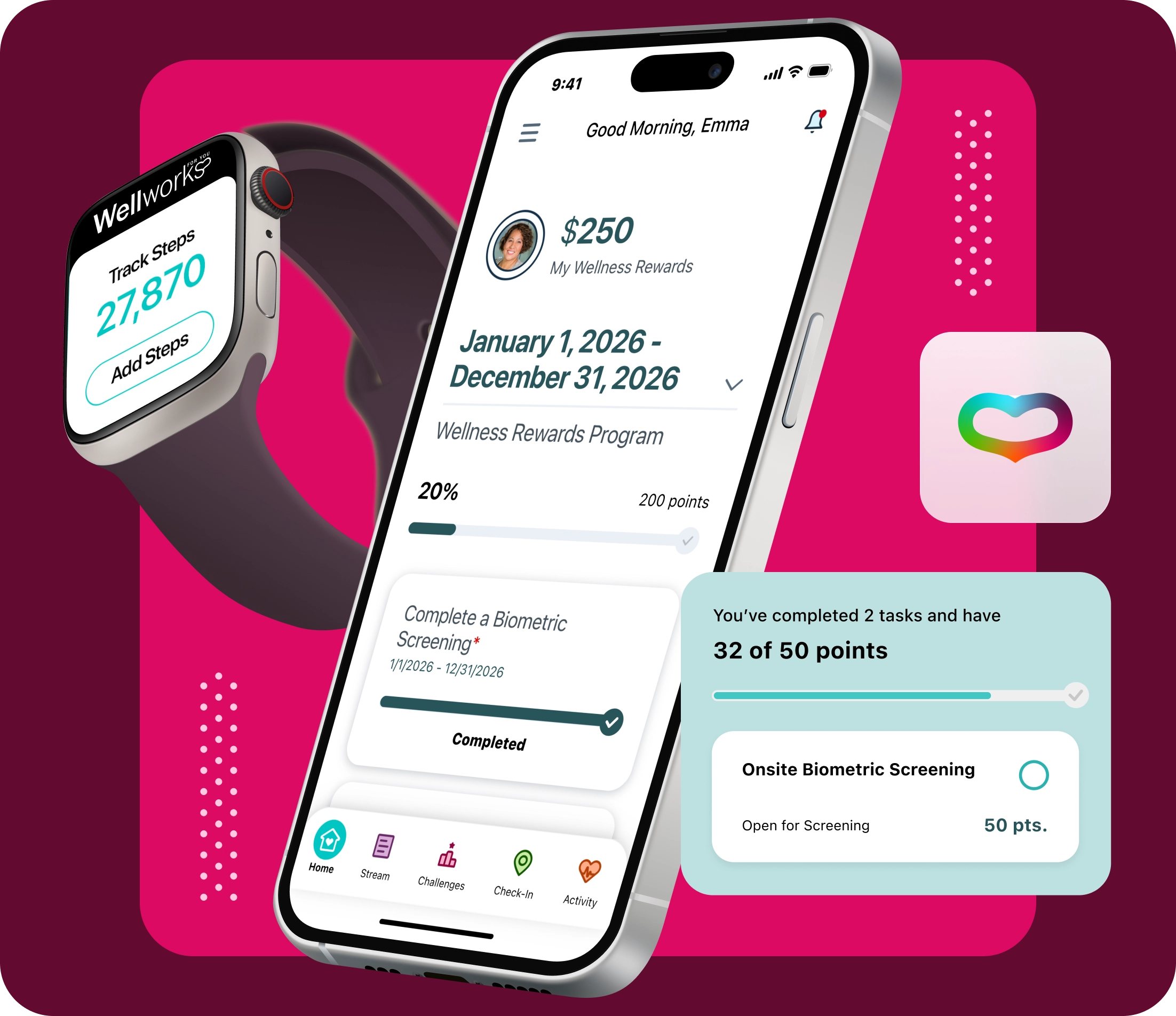
Debt is Tempting: How to Make Good Choices to Grow Your Financial Wellness*
Wellness comes in many forms, and being financially savvy is just as important as being physically healthy. Part of financial wellness is understanding debt and what qualifies as good or bad debt.
What is good debt? And is there such a thing as good debt? While the goal is to live debt-free eventually, the age-old adage “it takes money to make money” reigns true.
What is Good Debt?
Good debt helps you generate income and build your net worth or will appreciate overall over time. Therefore, this type of debt can be considered positive and may improve your and your family’s lives. Some examples of good debt include:
- Education – Typically, the more education someone has, their earning potential rises, and they become more employable. In theory, taking on debt to earn a degree will pay for itself within your first few years of working.
- Real Estate – Borrowing money to buy a residential home or even commercial real estate is a great way to grow your net worth.
- Owning Your Own Business – A loan to open your own business falls under the category of good debt as you invest in yourself and your career.
It’s essential to consider the terms and interest rates of any loan or debt you take on to ensure you can comfortably make the payments and avoid default.
What is Bad Debt?
While good debt is classified as debt that helps generate income, bad debt is classified as borrowing money to purchase something that will depreciate over time. Bad debt is a liability that can negatively impact your overall financial health. Some examples of things you should not go into debt over include:
- New Cars – Most Americans find cars a necessity. However, taking out a loan to buy a new car off the lot falls under bad debt. This is because the vehicle will immediately depreciate when you drive it off the lot and will only continue to depreciate from there. Instead, try to buy a used car at a price you can afford out of pocket or with minimal loans.
- Credit Card Debt – Using credit cards to purchase non-essential items you cannot pay back before interest accrues.
Bad debt can quickly spiral out of control, leading to missed payments, high-interest rates, and negative impacts on your credit score. However, don’t let these tips scare you from using your credit card on daily items! Just be sure only to spend what you can expend and compare various credit card options for the best return.
If you're struggling with debt, improving your financial wellness is never too late. Through the unique solutions Wellworks For You offers, you can learn how to create a budget, navigate debt repayment, and focus on a better financial future.
Source: Good Debt vs. Bad Debt: What’s the Difference? (investopedia.com)
Ready to Get Started?
To learn more about what Wellworks for You can offer, please fill out this form and one of our trusty team members will be in contact with you shortly. We can’t wait to meet you!





